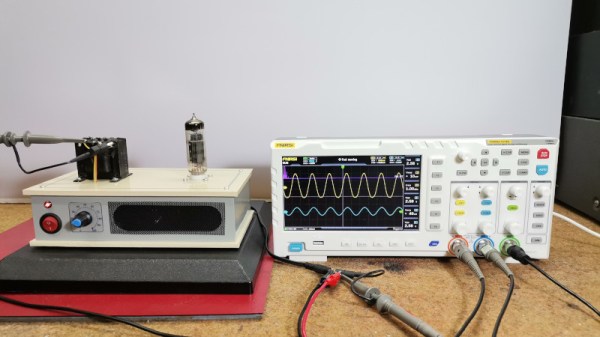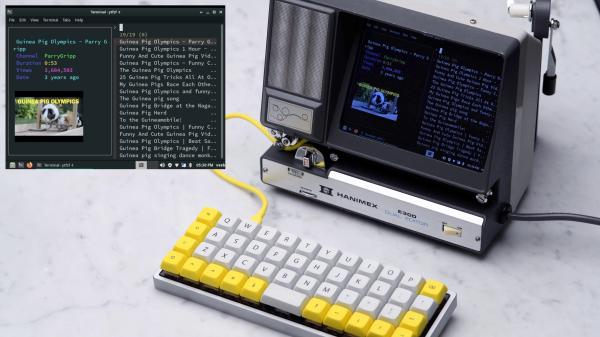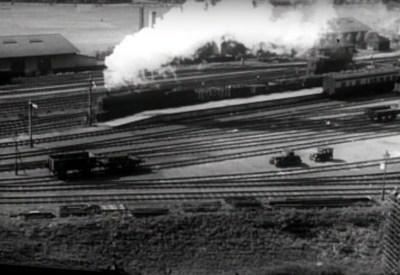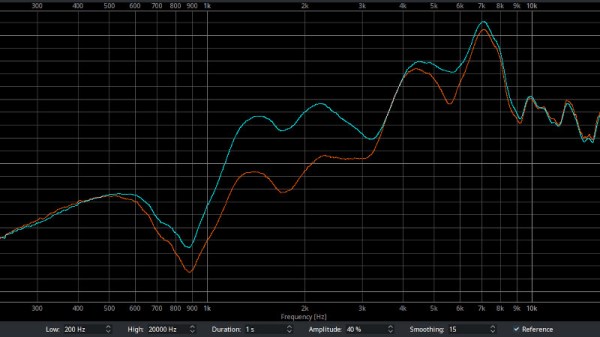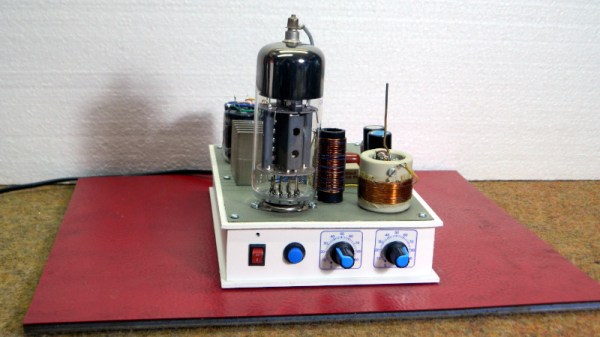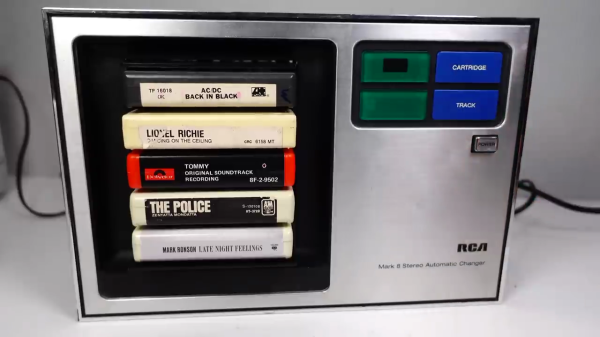There’s a mystique in audiophile circles about tube amplifiers. They can have a very nice sound which is attributed to their even-harmonic distortion, but they are often portrayed as requiring rare and expensive components. You don’t need matched gold-plated tubes and special transformers wound by Japanese monks with oxygen-free silver wire when the tube you’d have found in a TV back in the day paired with a repurposed mains transformer will do. [Mikremk] demonstrates this with a simple but effective amplifier using a PCL82 triode-pentode.
It’s a conventional tube amplifier circuit in which the triode is a preamplifier for the pentode power output stage. The pentode is running in class A mode, and the high impedance of its output is brought down to speaker impedance with that mains transformer. Best of all it doesn’t need a particularly high voltage, with the 40 V DC power coming from a DC-to-DC converter module.
These amplifiers could be found back in the day in some form in most consumer electronics, and remain a spectacularly cheap way to boast a tube amp in your hi-fi even if it might not always be the best possible amp.

